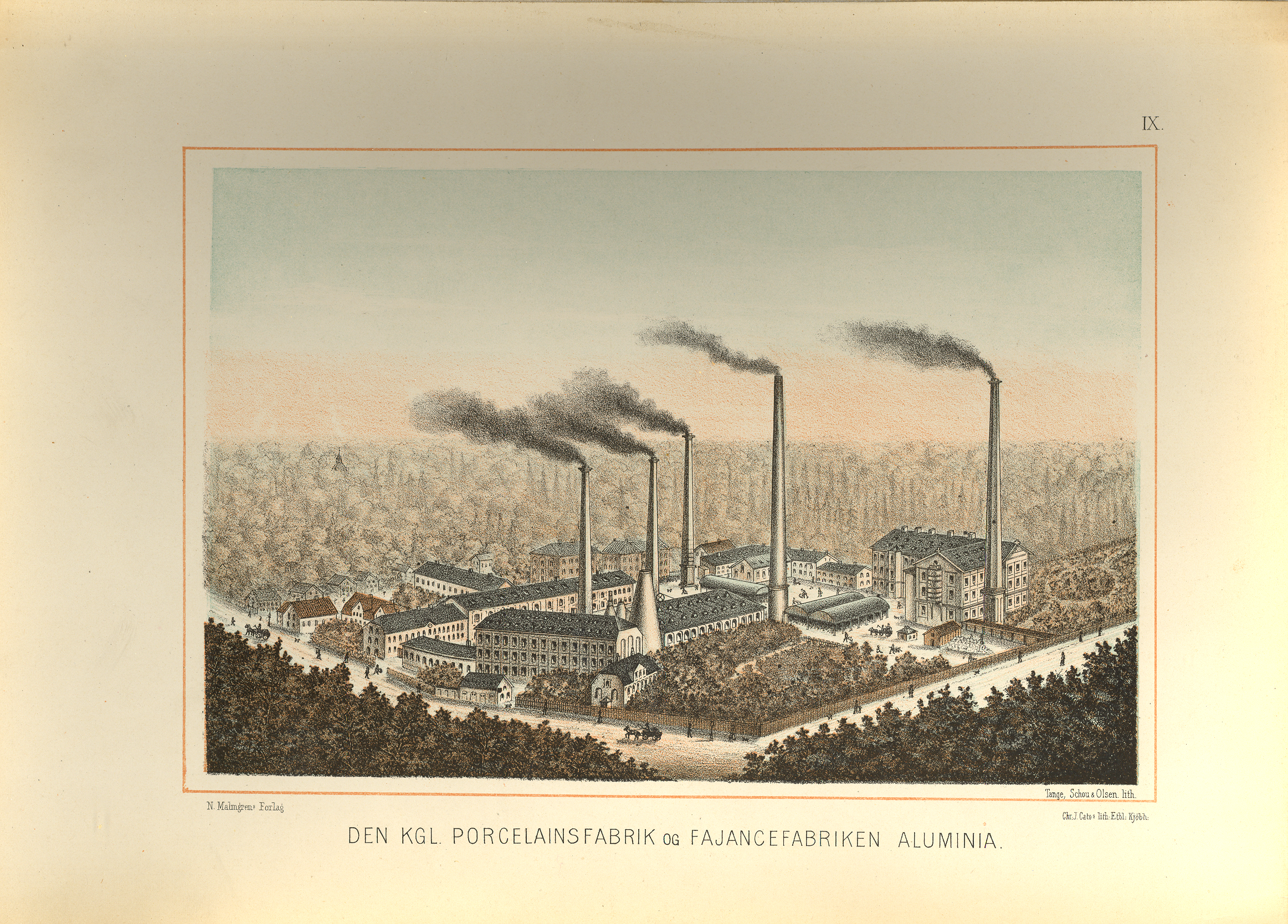|
Henrik Olrik
Ole Henrik Benedictus Olrik (24 May 1830 – 2 January 1890) was a Danish painter, sculptor and applied artist. Early life and education Henrik Olrik, born in Copenhagen, was son of customs inspector Henrik Johan Ludvig Olrik and Benedicte Martinette (née Heiberg). Olrik was admitted to Royal Danish Academy of Fine Arts in 1844 where he initially studied sculpture under Herman Wilhelm Bissen, while at the same time working at the Royal Copenhagen Porcelain Factory, where he made reduced copies of Bertel Thorvaldsen works. He graduated from the Academy in 1851 after winning two silver medals for his works in 1848 and 1851. In 1854 Olrik went to Paris to pursue his painting interests. He studied in the studio of Thomas Couture and had his first painting exhibition in 1855. Career as an artist After returning to Denmark in 1855, Olrik soon became recognized as a reputable portrait painter and painted portraits of a wide variety of individuals including King Christian IX of De ... [...More Info...] [...Related Items...] OR: [Wikipedia] [Google] [Baidu] [Amazon] |
Copenhagen
Copenhagen ( ) is the capital and most populous city of Denmark, with a population of 1.4 million in the Urban area of Copenhagen, urban area. The city is situated on the islands of Zealand and Amager, separated from Malmö, Sweden, by the Øresund strait. The Øresund Bridge connects the two cities by rail and road. Originally a Vikings, Viking fishing village established in the 10th century in the vicinity of what is now Gammel Strand, Copenhagen became the capital of Denmark in the early 15th century. During the 16th century, the city served as the ''de facto'' capital of the Kalmar Union and the seat of the Union's monarchy, which governed most of the modern-day Nordic countries, Nordic region as part of a Danish confederation with Sweden and Norway. The city flourished as the cultural and economic centre of Scandinavia during the Renaissance. By the 17th century, it had become a regional centre of power, serving as the heart of the Danish government and Military history ... [...More Info...] [...Related Items...] OR: [Wikipedia] [Google] [Baidu] [Amazon] |
Royal Copenhagen Porcelain Factory
Royal Copenhagen, officially the Royal Porcelain Factory (), is a Danish manufacturer of porcelain products and was founded in Copenhagen in 1775 under the protection of Danish Dowager Queen Juliane Marie. It is recognized by its factory mark, the three wavy lines above each other, symbolizing Denmark's three water ways: Storebælt, Lillebælt and Øresund. History Early years Starting in the 17th century, Europeans, long fascinated by the blue and white porcelain exported from China during the Ming and Qing dynasties, began to imitate the precious ware. The Royal Copenhagen manufactory's operations began in a converted post office in 1775. It was founded by chemist Frantz Heinrich Müller who was given a 50-year monopoly to create porcelain. Though royal patronage was not at first official, the first pieces manufactured were dining services for the royal family. Johan Theodor Holmskjold was appointed as the first director-in-chief of the company. When, in 1779, King Christia ... [...More Info...] [...Related Items...] OR: [Wikipedia] [Google] [Baidu] [Amazon] |
